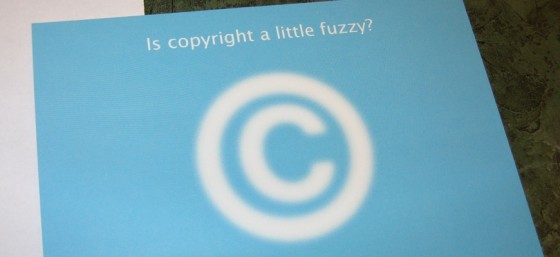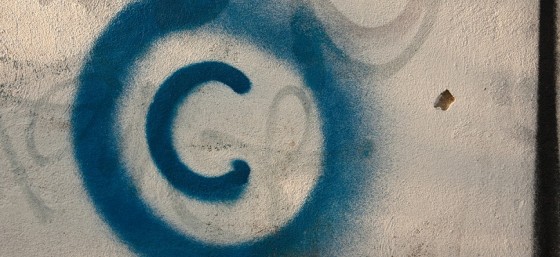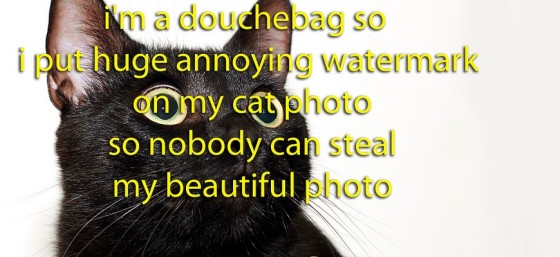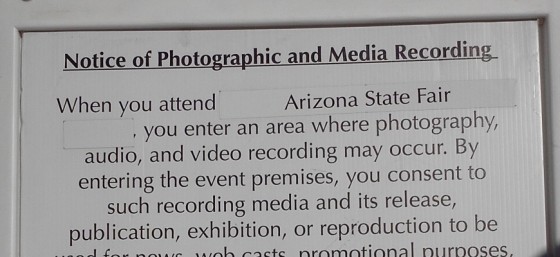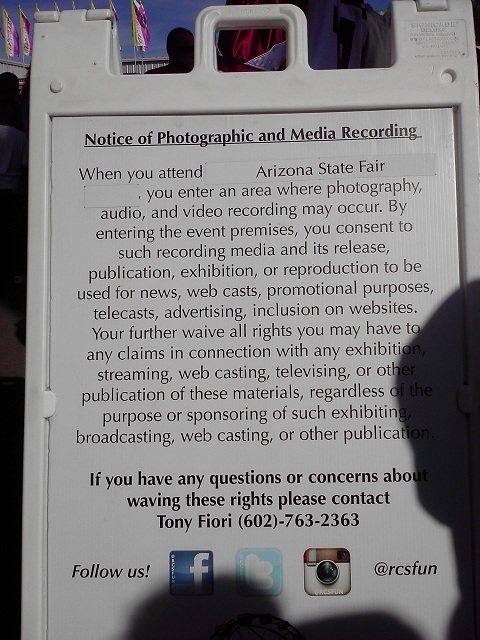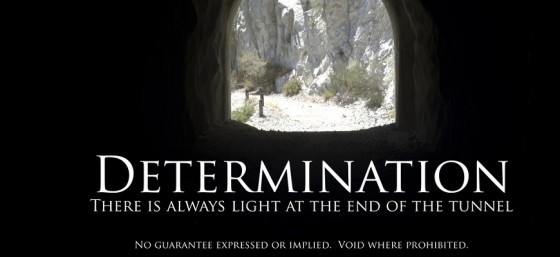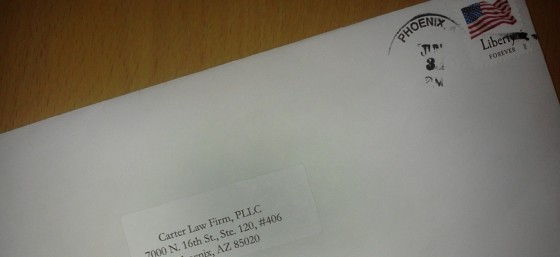I recently got an email from someone who asked me to explain the difference between a copyright assignment and an exclusive copyright license. I told him to call me and I’d explain it and he never did. So I’m writing a post about it.
The main difference between an assignment and a license is who owns the copyright. In an assignment you give up ownership and in a license you retain it.
Copyright Assignment
When you have a copyright assignment, you give someone else your copyright (usually in exchange for money). Once you assign your copyright, you no longer own it. You can’t get it back unless the person you assigned it to gives it back or sells it back to you. Copyright assignments have to be in writing to be valid.
If you assign your copyright in a work to someone and then you try to use that same work – perhaps in a new project or your portfolio, you could be committing copyright infringement. The person you previously assigned your copyright to would have the authority to make you stop using it.
This may sound bizarre to you and some people have trouble grasping the idea that you can create something and be in a position where it’s illegal for you to use it. Think of it in terms of other property: If you sell your neighbor your car, you’re no longer allowed to drive it without their permission. Likewise if you sell your copyright to someone, you need their permission to use it.
Exclusive Copyright License
When you have a copyright license, you retain ownership of your copyright and you give someone permission to use it. In a license, you determine which of your copyright rights you’re letting the person use. (A copyright comes with the rights to copy, distribute, display, perform, and make derivative works.) A copyright license can be for all the rights, or just some of them.
An exclusive copyright license means that only the person who is licensing the rights can use them. You, as the copyright owner, can’t even use them while the license is in place. A copyright license can be perpetual or time limited. So when a person has an exclusive perpetual copyright license that covers all the copyright rights to a work, it looks similar to a copyright assignment, except that the ownership of the copyright didn’t change. If someone wanted an exclusive perpetual copyright license, that might be a situation where the owner might want to consider assigning the license.
In a copyright license, you can have rights over what the person licensing the rights can do with it. For example, you might have the right to ensure that the licensing party is adhering to the standards you set regarding how the copyright will be used. If it’s a situation where you’ve licensed your copyright in exchange for share of the profits, you would be owed an accounting to ensure that you’re not being ripped off. Licenses tend to be complicated and should be in writing.
Deciding whether you should have a copyright assignment or a copyright license for your work can be a complicated decision that should be evaluated carefully, possibly with the assistance of a copyright attorney in your community who can explain your options and write effective contracts for you.
If you want to chat with me about copyright, feel free to connect with me on Twitter, Facebook, YouTube, LinkedIn, or you can email me. You can also subscribe to the Carter Law Firm newsletter.
Please visit my homepage for more information about Carter Law Firm.
